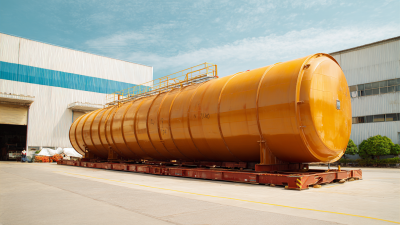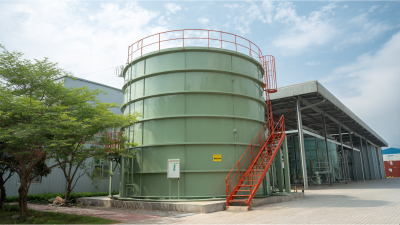In recent years, the demand for sustainable water storage solutions has surged, driven by the growing need for efficient resource management in both urban and rural areas.
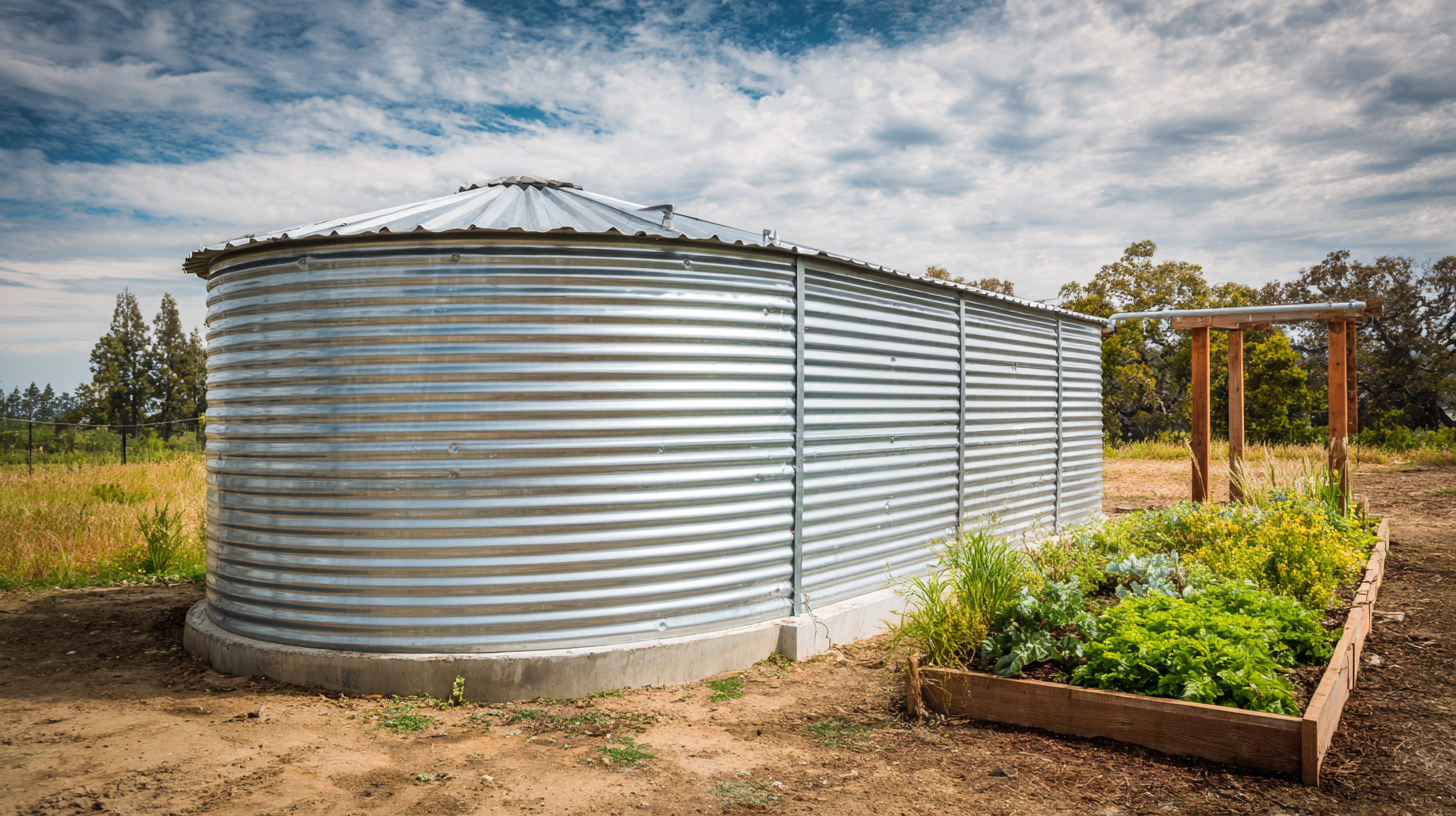 Corrugated Steel Water Tanks have emerged as a viable option, offering durability, flexibility, and eco-friendliness. According to a report by the International Water Association, nearly 2 billion people live in countries experiencing high water stress, signaling an urgent requirement for innovative water storage solutions.
Corrugated Steel Water Tanks not only provide substantial storage capacity but are also resistant to corrosion and extreme weather conditions, making them a long-lasting investment.
Furthermore, recent studies indicate that these tanks can reduce water evaporation rates by up to 50% compared to traditional storage solutions.
As more communities prioritize sustainability, adopting Corrugated Steel Water Tanks presents a practical approach to safeguarding water resources while ensuring accessibility in times of need.
Corrugated Steel Water Tanks have emerged as a viable option, offering durability, flexibility, and eco-friendliness. According to a report by the International Water Association, nearly 2 billion people live in countries experiencing high water stress, signaling an urgent requirement for innovative water storage solutions.
Corrugated Steel Water Tanks not only provide substantial storage capacity but are also resistant to corrosion and extreme weather conditions, making them a long-lasting investment.
Furthermore, recent studies indicate that these tanks can reduce water evaporation rates by up to 50% compared to traditional storage solutions.
As more communities prioritize sustainability, adopting Corrugated Steel Water Tanks presents a practical approach to safeguarding water resources while ensuring accessibility in times of need.
Corrugated steel water tanks are increasingly recognized as a sustainable choice for water storage, offering numerous benefits that enhance both efficiency and environmental responsibility. One of the primary advantages is their durability; constructed from corrosion-resistant steel, these tanks can withstand harsh weather conditions and have a significantly longer lifespan compared to traditional materials. This longevity not only minimizes the need for frequent replacements but also reduces waste, contributing to a more sustainable approach to water storage.
Moreover, corrugated steel tanks are highly versatile and customizable, making them suitable for various applications, from agricultural irrigation to urban rainwater harvesting. Their modular design allows for easy transport and installation, enabling communities to establish reliable water storage systems quickly.
Additionally, these tanks can be insulated or treated with eco-friendly coatings, further improving their energy efficiency and reducing the carbon footprint associated with water storage. By choosing corrugated steel water tanks, individuals and organizations can promote sustainable practices while ensuring a dependable supply of water.
Corrugated steel water tanks are gaining recognition as a superior choice for sustainable water storage solutions, thanks to their long-lasting durability. Unlike plastic or fiberglass tanks, which can degrade or crack over time due to exposure to UV rays and fluctuating temperatures, corrugated steel is designed to withstand these challenges. According to a report by the Water Research Foundation, steel tanks can last over 50 years with proper maintenance, making them a cost-effective investment in the long run.
When considering material performance, corrugated steel also offers enhanced structural integrity. Its design allows for better resistance to environmental stresses, such as heavy winds and snow loads, which can compromise other types of water storage systems. The American Society of Civil Engineers notes that corrugated steel can handle loads significantly better than traditional materials, reducing the risk of failure and ensuring a reliable water supply.
**Tips for Choosing Corrugated Steel Water Tanks:**
1. Always opt for tanks that are galvanized or coated to prevent rust and corrosion.
2. Regularly inspect your tank for any signs of wear or damage to ensure longevity.
3. Consider the size and shape of your tank to fit your specific water storage needs and environment.
| Dimension | Corrugated Steel Water Tanks | Other Materials |
|---|---|---|
| Durability (Years) | 50+ | 10-20 |
| Corrosion Resistance | High (galvanized) | Variable (depends on material) |
| Weight (empty, lbs) | 200-300 | 300-600 |
| Maintenance Frequency (Years) | 5-10 | 1-3 |
| Cost (USD per gallon) | $0.02 | $0.03 - $0.05 |
| Environmental Impact | Low, recyclable | Medium, varies by type |
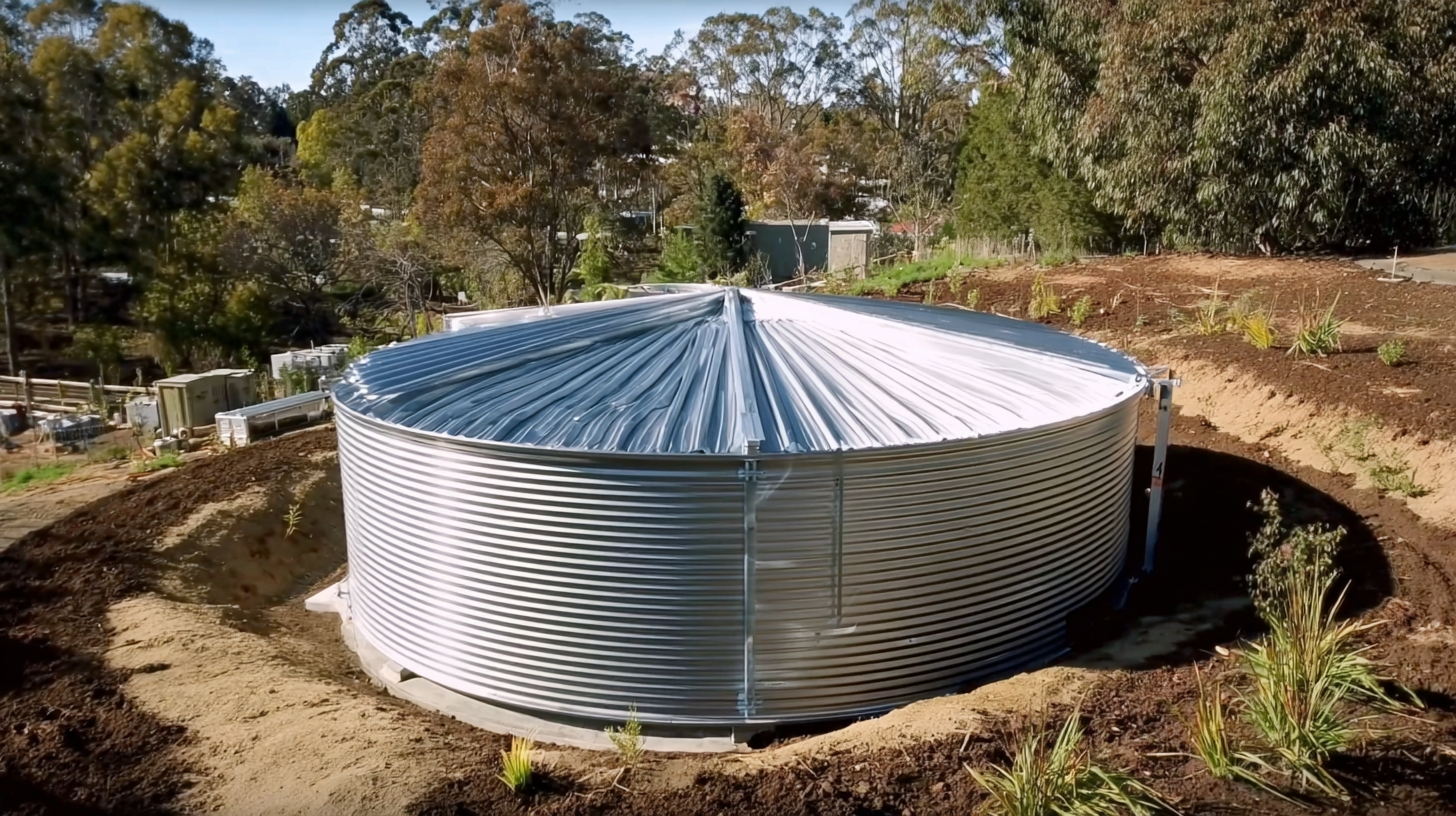 Corrugated steel water tanks are emerging as a cost-effective and sustainable solution for water storage. Unlike traditional storage options, these tanks are designed for longevity and efficiency, which can lead to significant savings over time. Their robust construction allows them to withstand harsh environmental conditions, reducing the need for frequent replacements and repairs. Investing in corrugated steel tanks not only minimizes ongoing maintenance costs but also contributes to a more sustainable approach to water management.
Corrugated steel water tanks are emerging as a cost-effective and sustainable solution for water storage. Unlike traditional storage options, these tanks are designed for longevity and efficiency, which can lead to significant savings over time. Their robust construction allows them to withstand harsh environmental conditions, reducing the need for frequent replacements and repairs. Investing in corrugated steel tanks not only minimizes ongoing maintenance costs but also contributes to a more sustainable approach to water management.
The recent push by companies to enhance recycling efforts highlights the growing importance of sustainability in various industries. Just as initiatives are being taken to reduce plastic waste through recycling plants, the use of corrugated steel tanks aligns with similar environmental goals. By opting for these durable tanks, organizations can support sustainable practices while simultaneously benefiting from lower operational costs. Their recyclability further reinforces the commitment to reducing material waste, making them a smart choice for water storage solutions that prioritize both economic and ecological benefits.
Corrugated steel water tanks have emerged as a leading option for sustainable water storage solutions, particularly when considering their environmental impact. According to a report by the World Steel Association, steel production has made significant strides in reducing emissions, with an average decrease of 5% in carbon dioxide emissions per ton of steel produced since 2011. This progress is crucial since the durability and recyclability of steel contribute to a lower carbon footprint in the water storage sector. By utilizing steel tanks, which can last over 30 years with proper maintenance, communities can limit the need for frequent replacements, further conserving resources and energy.
Moreover, steel water tanks can be constructed using a significant proportion of recycled materials—up to 90% in some cases. This not only minimizes the waste associated with new production but also fosters a circular economy in the manufacturing sector. A study by the Environmental Protection Agency (EPA) highlights that the recycling of metals like steel can save up to 74% of the energy required to produce new metal from raw materials. Therefore, choosing corrugated steel for water storage not only ensures longevity and reliability but also plays a pivotal role in reducing overall environmental impact, thus aiding efforts to combat climate change.
The chart above illustrates the annual carbon footprint reduction achieved by using different types of water tanks. The data highlights the significant sustainability benefits of corrugated steel water tanks in comparison to plastic and concrete options.
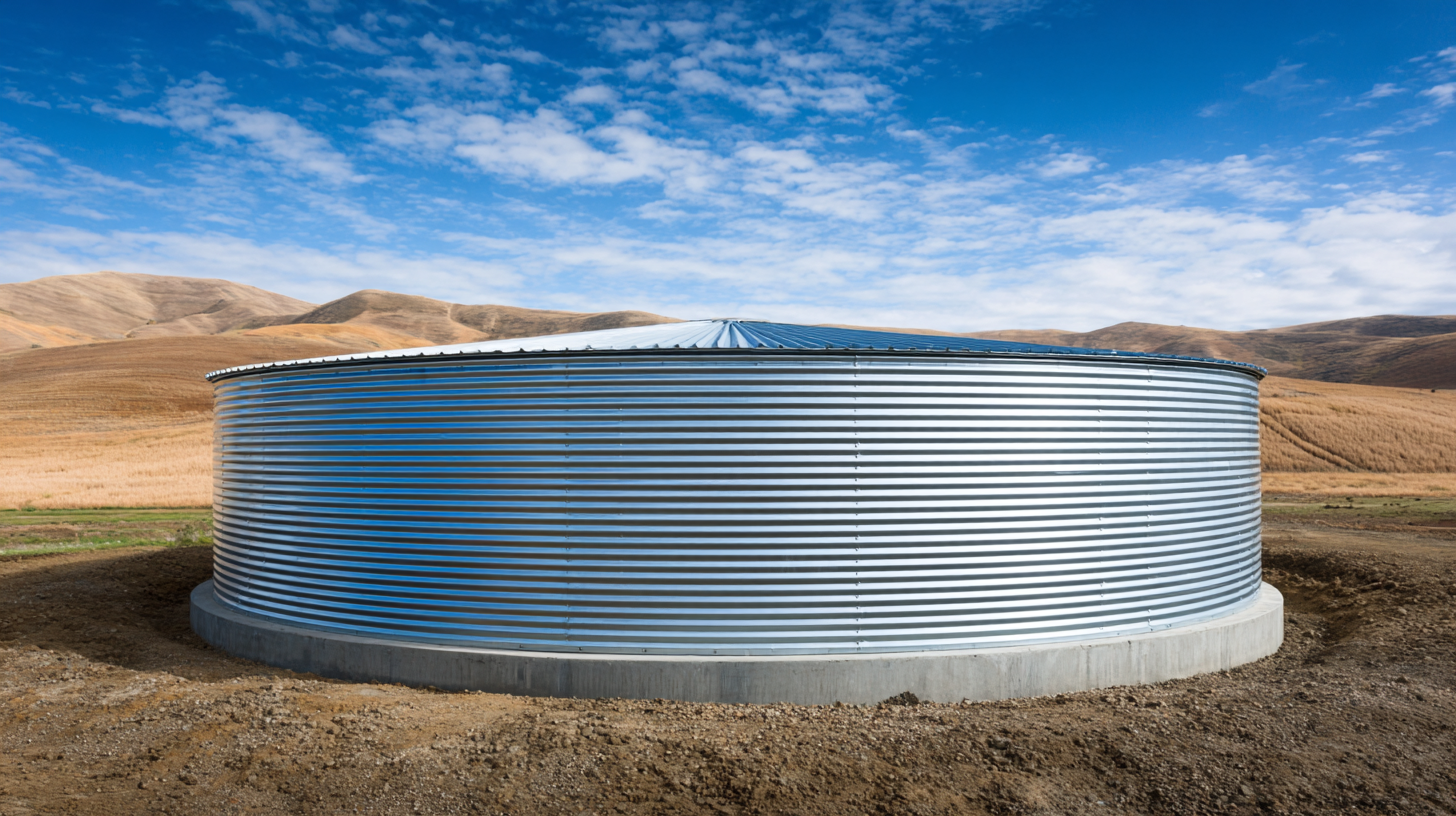 Corrugated steel water tanks offer a robust solution for sustainable water storage, known for their durability and ability to maintain optimal water quality. Unlike traditional storage options, steel tanks inhibit algae growth due to their opaque structure, preventing sunlight from penetrating and fostering microbial development. A study from the Water Research Foundation noted that steel tanks can reduce water contamination risks by up to 40% compared to plastic alternatives, ensuring clean and safe water storage for various applications.
Corrugated steel water tanks offer a robust solution for sustainable water storage, known for their durability and ability to maintain optimal water quality. Unlike traditional storage options, steel tanks inhibit algae growth due to their opaque structure, preventing sunlight from penetrating and fostering microbial development. A study from the Water Research Foundation noted that steel tanks can reduce water contamination risks by up to 40% compared to plastic alternatives, ensuring clean and safe water storage for various applications.
When considering the cleanliness of stored water, it's crucial to maintain proper tank hygiene. Regular cleaning and inspection can prolong the lifespan of your steel tank and ensure it continues to meet health standards. Additionally, installing fitted lids can minimize the entry of debris and insects, further enhancing water quality.
Tips: Always monitor your water's quality using regular testing kits. Optimal pH levels should range from 6.5 to 8.5 to ensure safe consumption. Furthermore, consider integrating a filtration system to capture any potential impurities before distribution. Investing in your water storage solution not only aids in sustainability but also protects public health.
